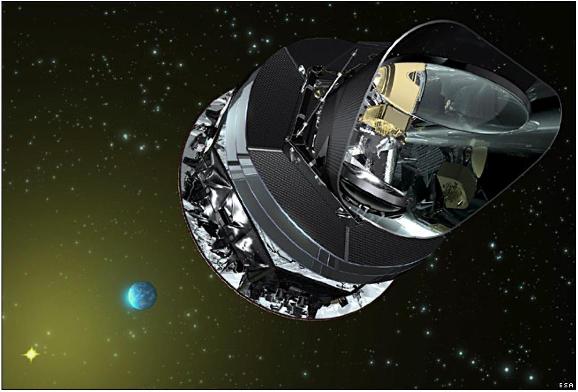A Blast from the Past
What's New in Industry - 1991
12 years since the last issue of the engineering magazine was published.The falling manufacturing base in the UK industry meant the magazine began to struggle – the manufacturing print magazine market was falling, so the decision was for the September 2008 issue to be the the final print issue.
We dug this issue out of the filling cabinet when tidying up.
On the front is a picture of Invacua's Brian performing some vacuum brazing.
Here is an extract from inside this issue:
Pop goes the rivet
New addition to tuckers 'POP' nut range - in the six sided shape of the 'POP' hexa nut - extends the ability to provide threaded inserts with resistance to high torque stresses.
In certain materials and situation it can be difficult to prevent high torque stresses being placed on the threaded insert - stresses which can, in the extreme, cause the insert to rotate. The new 'POP' hexa nut is set in a pre-punched hexagonal hole and can be inserted either before or after plating or painting and offers an exceptionally high torque to turn value. Key feature of 'POP' hexa nuts is their thread strength which ranges up to 27.4 NM according to the size and material. Body shear strength ranges from 1.67 Kn to 5.3 Kn and thread tensile strength from 4.9 Kn 225.5 Kn.
